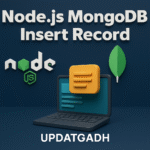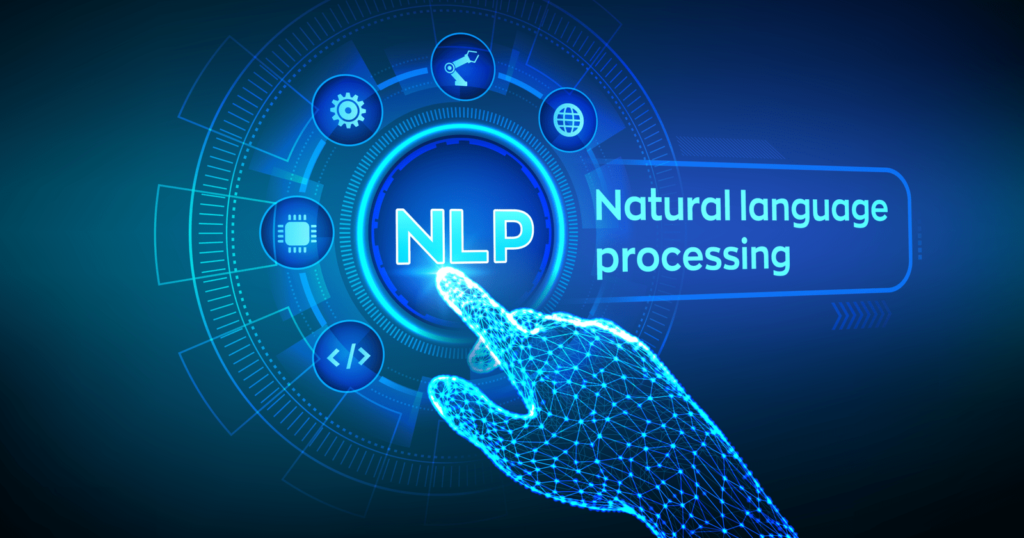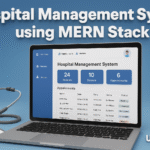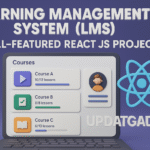
NLP Tutorial
NLP Tutorial
Welcome to our comprehensive Natural Language Processing (NLP) tutorial, a guide designed to bridge the gap between technology and human language. Whether you’re a beginner or a seasoned professional, this tutorial offers insights into the foundations and advanced concepts of NLP, equipping you with the tools and knowledge to excel in this fascinating field.

What is NLP?
Natural Language Processing (NLP) is a branch of Artificial Intelligence (AI) that enables machines to understand, interpret, and generate human language in both text and speech formats. It serves as the backbone of many applications that interact with natural languages.
A Brief History of NLP
- 1950: NLP began when Alan Turing published “Computing Machinery and Intelligence,” proposing the famous Turing Test.
- Heuristic-Based NLP: Early systems relied on rule-based approaches derived from domain knowledge. Example: Regular Expressions (regex).
- Statistical NLP: Machine learning techniques emerged, using algorithms like Naive Bayes and Hidden Markov Models (HMMs).
- Neural NLP: Deep learning brought advanced architectures like RNNs, LSTMs, and Transformers, revolutionizing NLP’s accuracy and scalability.
Applications of NLP
- Voice Assistants: Siri, Alexa, and Google Assistant.
- Text Correction: Tools like Grammarly and Google Docs.
- Search Engines: DuckDuckGo, Bing, and Google.
- Chatbots: Interactive bots on websites and apps.
- Language Translation: Google Translate.
- Text Summarization: Summarizing long documents efficiently.
Phases of NLP
- Natural Language Understanding (NLU): Interprets and processes language semantics.
- Natural Language Generation (NLG): Generates human-readable language from structured data.
Key Steps in NLP Processing
- Text Preprocessing: Cleaning and preparing text.
- Tokenization: Splitting text into words or sentences.
- Lemmatization and Stemming: Normalizing words.
- Stopword Removal: Filtering irrelevant words.
- POS Tagging: Assigning parts of speech.
- Text Vectorization: Converting text into numerical formats.
- Semantic Analysis: Understanding meaning and sentiment.
Essential NLP Libraries
- NLTK: Popular for text processing in Python.
- SpaCy: Efficient library for industrial applications.
- Gensim: Excellent for document similarity and topic modeling.
- fastText: Handles word embeddings.
- Stanford NLP Toolkit: Includes Glove embeddings.
- Apache OpenNLP: Offers machine learning-based NLP tools.
Classical NLP Techniques
Text Preprocessing
- Regular Expressions (Regex): Pattern matching for text.
- Tokenization:
- White-space tokenization.
- Rule-based and dictionary-based tokenization.
- Regex and SpaCy tokenizers.
Text Normalization
- Lemmatization and stemming: Standardizing word forms.
- Removing stopwords to enhance relevance.
Text Encoding and Vectorization
- Basic Approaches: One-Hot Encoding, Bag of Words (BoW), and N-Grams.
- Advanced Methods:
- Word2Vec, GloVe, and fastText embeddings.
- Transformer-based embeddings like BERT and ELMo.
Semantic Analysis and Sentiment Classification
Semantic Analysis
- Sentiment Analysis: Classify sentiments using algorithms like Naive Bayes or BERT.
- Text Similarity: Measure semantic closeness via cosine similarity.
Named Entity Recognition (NER)
Identify entities like names, places, and dates.
Advanced Neural Network Techniques
- Recurrent Neural Networks (RNNs): Perfect for data that is consecutive.
- Variants: LSTM, GRU, and Bidirectional RNNs.
- Transformers: Revolutionized NLP tasks with models like BERT, RoBERTa, and GPT.
- Emotion Detection: Use Bidirectional LSTM and GRU for nuanced sentiment analysis.
Speech Recognition and Phonetics
- Convert text to speech and vice versa with APIs like Google Speech.
- Implement phonetic searches with algorithms like Soundex.
Key NLP Applications
- Chatbots and Dialog Systems: Build interactive bots using ChatterBot or TensorFlow.
- Text Summarization: Create extractive or abstractive summaries.
- Information Retrieval: Extract meaningful information from unstructured text.
- Translation: Enhance language accessibility with machine translation tools.
- Download New Real Time Projects :-Click here
- Complete Python Course with Advance topics:- CLICK HERE
nlp tutorial w3schools
nlp tutorial pdf
natural language processing in ai
nlp – javatpoint
nlp tutorial for beginners
nlp python w3schools
natural language processing examples
nlp python tutorial
natural language processing nlp tutorial pdf
natural language processing nlp tutorial w3schools
natural language processing nlp tutorial python
natural language processing nlp tutorial for beginners
natural language processing nlp tutorial geeksforgeeks










Post Comment